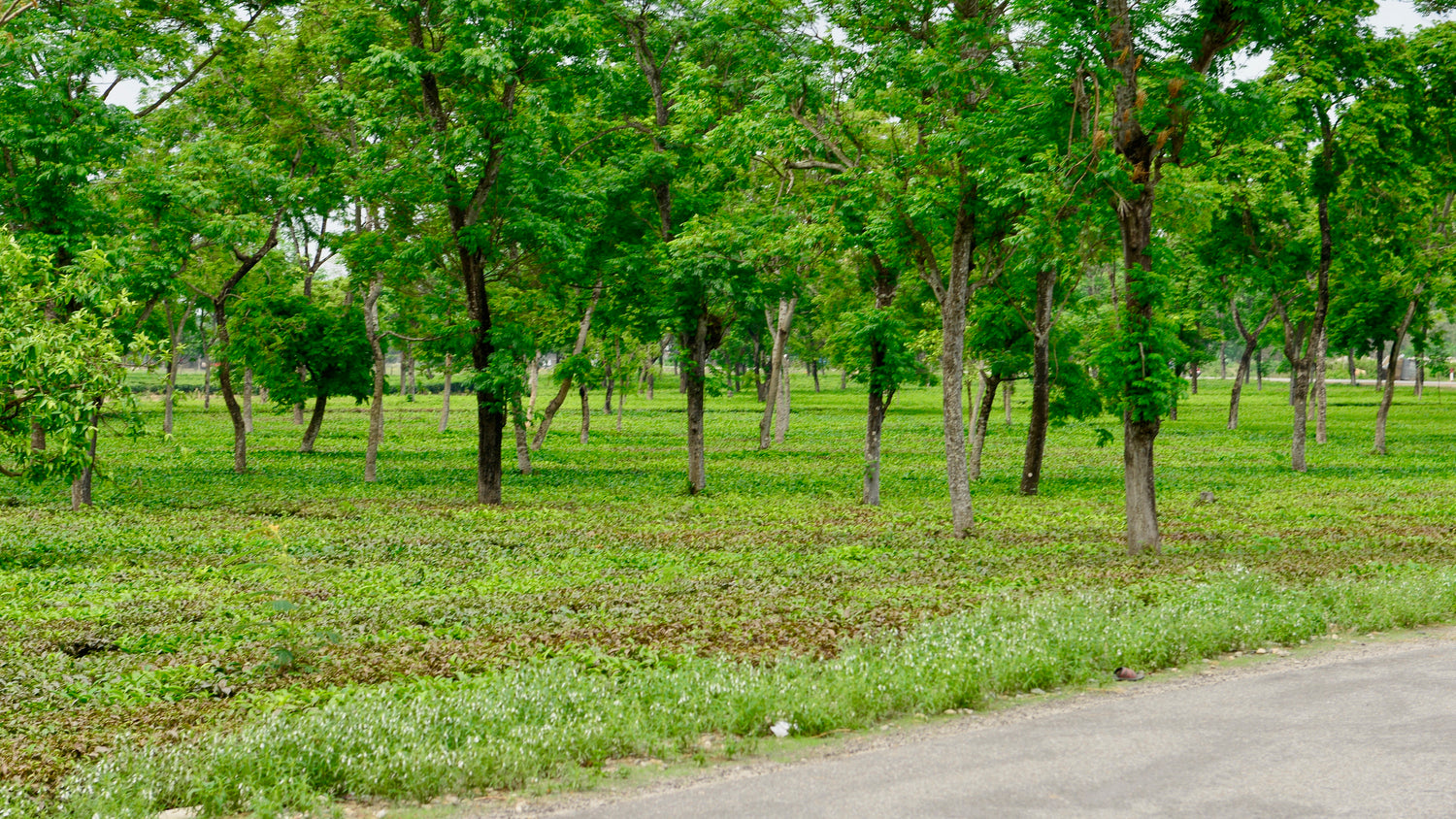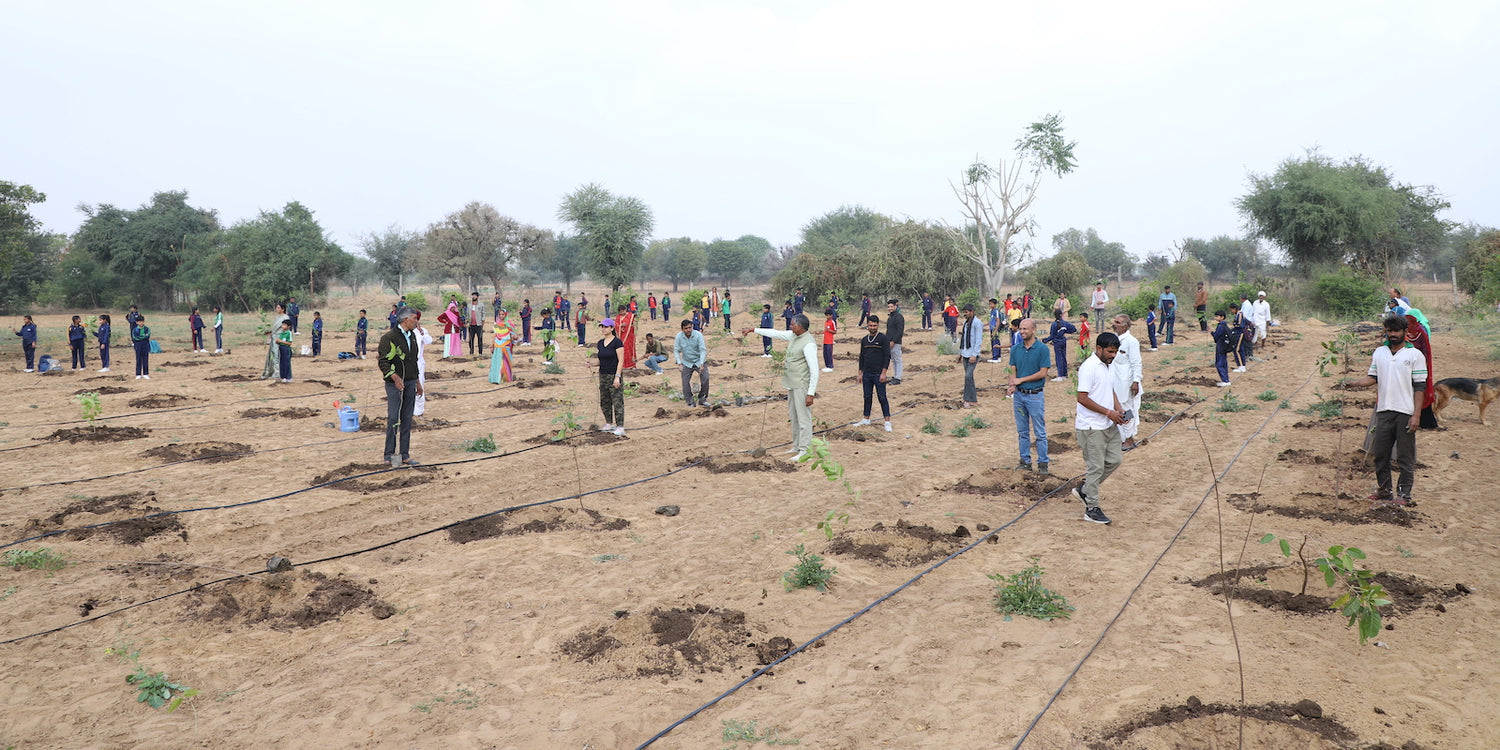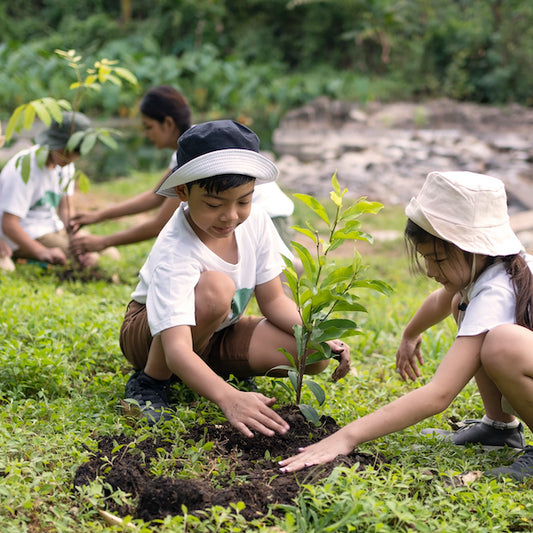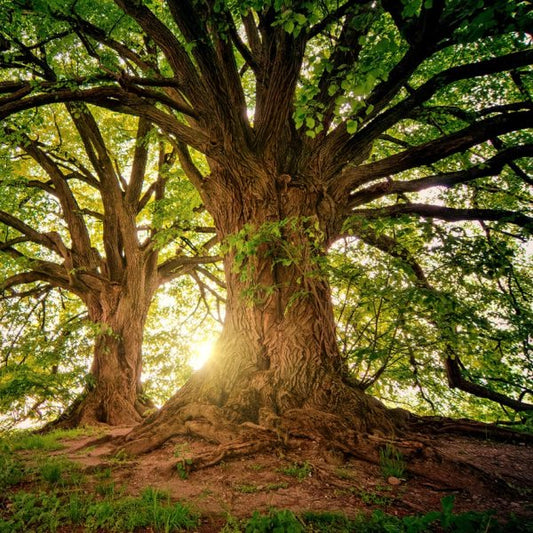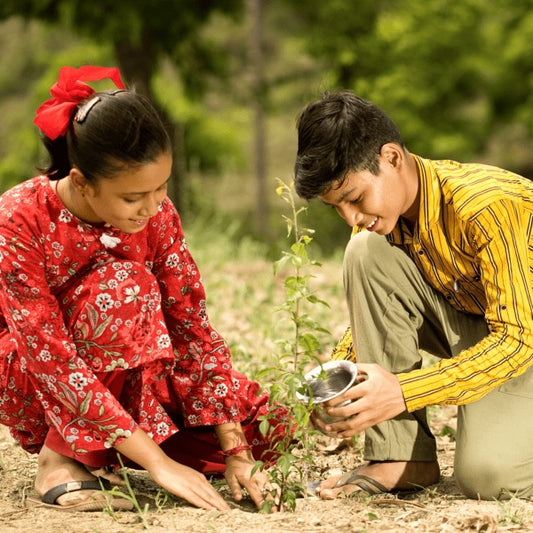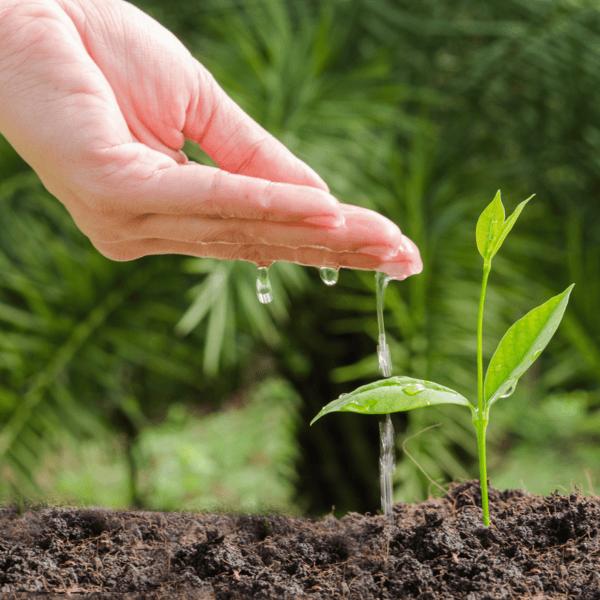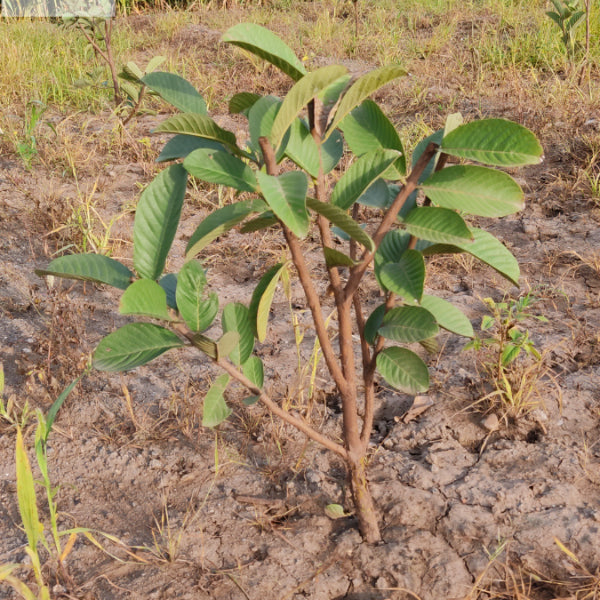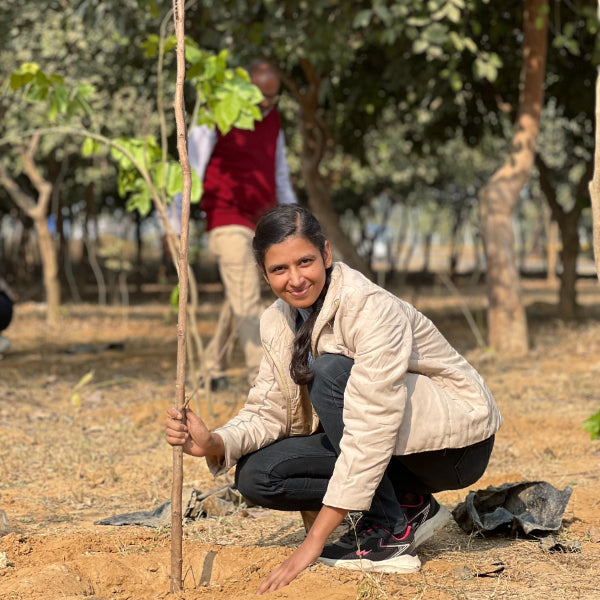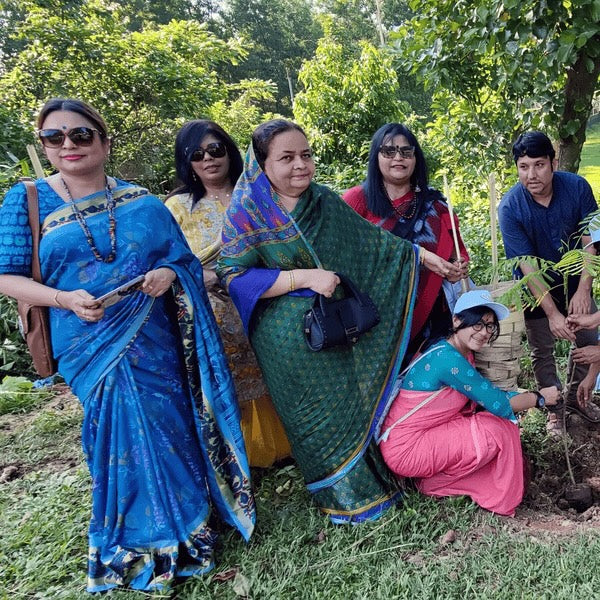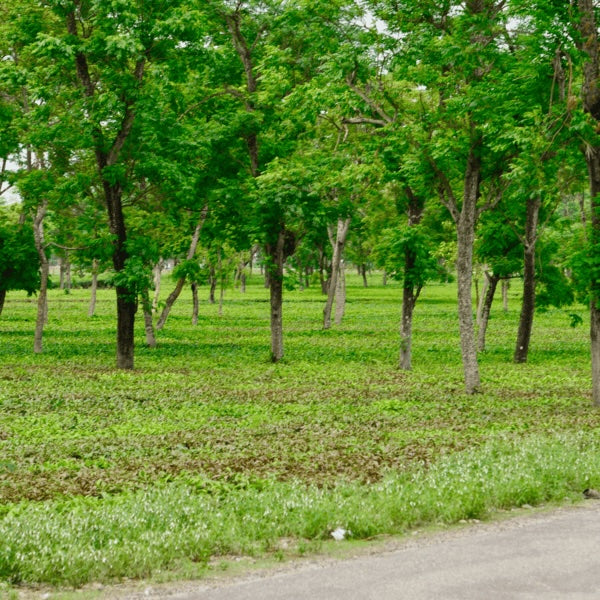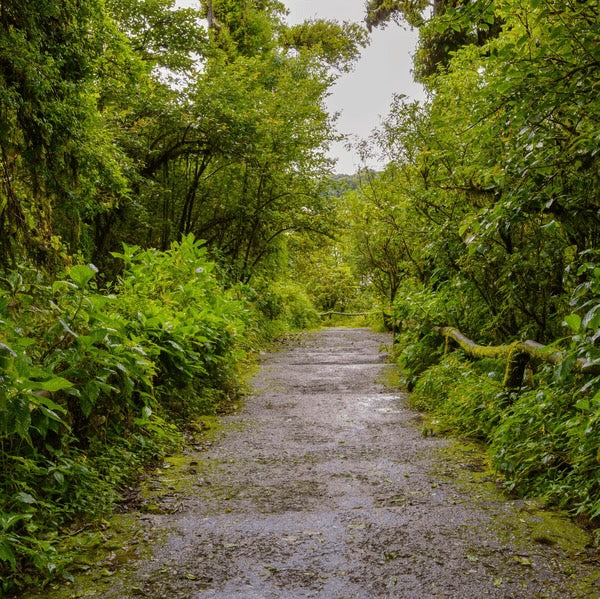Agroforestry in Uttarakhand: Eco-Friendly Mountain Farming
Agroforestry in Uttarakhand is a transformative approach to mountain farming that harmonizes agriculture and forestry. 🌳 This eco-friendly practice no Read more
Connect with us
-
👥 Corporates
If you are looking for:
- 🌲 Tree Plantation Events
- 📊 CSR Projects
📧 corporate@growbilliontrees.com
📞 +91 9699723523
💬 +91 9325931304 WhatsApp (Only)
🕒 Mon - Sat | 10am - 7pm IST
-
🧩 Tree Plantation NGOs
If you are looking for:
- 💰 Financial Assistance
- 🤝 Operational Support
📧 support@growbilliontrees.com
📞 +91 9699723523
💬 +91 9325931304 WhatsApp (Only)
🕒 Mon - Sat | 10am - 7pm IST
-
🌼 Individuals
If you are looking for:
- 👥 Group Tree Plantation Drive
- 🌳 Bulk Tree Plantation
📞 +91 9699723523
💬 +91 9325931304 WhatsApp (Only)
🕒 Mon - Sat | 10am - 7pm IST
Trending
Trees for Corporates
Agroforestry in Uttarakhand: Eco-Friendly Mountain Farming
Agroforestry in Uttarakhand is a transformative approach to mountain farming that harmonizes agriculture and forestry. 🌳 This eco-friendly practice not only enhances biodiversity but also improves soil health and increases farmers' income.
Uttarakhand, known for its stunning landscapes and rich biodiversity, is an ideal region for agroforestry. The state's diverse climatic conditions allow for a variety of crops and trees to thrive together. 🌾 This synergy between trees and crops leads to sustainable farming practices that benefit both the environment and local communities.
Historically, the people of Uttarakhand have practiced mixed farming, integrating trees with crops and livestock. This traditional knowledge is now being revitalized through modern agroforestry techniques. 🌱 By combining scientific research with indigenous practices, farmers can optimize land use and enhance productivity.
One of the key benefits of agroforestry is its positive impact on soil health. 🌍 Trees improve soil structure, reduce erosion, and enhance nutrient cycling. Studies show that agroforestry systems can increase soil organic matter by up to 30%, leading to healthier crops and better yields.
Moreover, agroforestry plays a crucial role in carbon sequestration. 🌳 Trees absorb carbon dioxide from the atmosphere, helping to mitigate climate change. In Uttarakhand, agroforestry systems can sequester approximately 10-20 tons of carbon per hectare annually, making a significant contribution to global efforts against climate change.
Fun fact: A single mature tree can absorb about 48 pounds of carbon dioxide per year! 🌲 This means that integrating trees into farming systems not only benefits farmers but also contributes to a healthier planet.
Agroforestry also enhances biodiversity. 🌼 By planting a variety of trees and crops, farmers create habitats for various species, promoting ecological balance. This diversity can lead to increased resilience against pests and diseases, reducing the need for chemical inputs.
In Uttarakhand, agroforestry systems often include fruit trees, medicinal plants, and timber species. 🍏 This diversity not only provides food and income but also supports local economies. Farmers can sell fruits, nuts, and timber, diversifying their income sources and reducing financial risks.
Water conservation is another significant advantage of agroforestry. 🌧️ Trees help retain moisture in the soil, reducing the need for irrigation. In a region where water scarcity is a concern, this is a game-changer for farmers.
As the world faces increasing environmental challenges, agroforestry offers a sustainable solution. 🌍 It aligns with the United Nations' Sustainable Development Goals, particularly those related to climate action, life on land, and zero hunger.
In India, organizations like Grow Billion Trees are leading the charge in promoting agroforestry. 🌱 Their mission is to plant billions of trees across the country, focusing on sustainable practices that benefit both the environment and local communities.
Grow Billion Trees is executing projects that educate farmers about agroforestry techniques. 📚 They provide training on how to integrate trees into existing farming systems, ensuring that farmers can reap the benefits of this eco-friendly approach.
Through community engagement, Grow Billion Trees fosters a sense of ownership among farmers. 🤝 By involving local communities in tree planting and maintenance, they ensure the long-term success of agroforestry initiatives.
One of their flagship projects in Uttarakhand focuses on planting native tree species that are well-suited to the local environment. 🌳 These trees not only support biodiversity but also provide valuable resources for farmers, such as fruits, nuts, and timber.
Additionally, Grow Billion Trees collaborates with local governments and NGOs to create policies that support agroforestry. 🏛️ By advocating for sustainable land-use practices, they aim to create a favorable environment for farmers to adopt agroforestry.
The impact of these initiatives is already being felt across Uttarakhand. 🌄 Farmers who have adopted agroforestry practices report increased yields, improved soil health, and enhanced resilience to climate change. This is a testament to the power of combining traditional knowledge with modern science.
As more farmers embrace agroforestry, the potential for positive change grows. 🌱 This eco-friendly approach not only benefits individual farmers but also contributes to the overall health of the ecosystem. By planting trees, farmers are investing in their future and the future of the planet.
In conclusion, agroforestry in Uttarakhand represents a beacon of hope for sustainable mountain farming. 🌍 With the support of organizations like Grow Billion Trees, farmers are empowered to adopt practices that benefit both their livelihoods and the environment. Together, we can cultivate a greener, more sustainable future for generations to come.
Join the movement! 🌳 Support agroforestry initiatives and be a part of the solution to climate change. Every tree planted is a step towards a healthier planet.
Agroforestry Practices
In the picturesque hills of Uttarakhand, agroforestry practices are like the Swiss Army knife of farming. They combine trees, crops, and livestock in a harmonious dance that not only boosts productivity but also enhances biodiversity. Imagine a farmer sipping chai under a shade-giving tree while his goats munch on the fallen leaves. This is not just a scene from a postcard; it’s a sustainable farming reality. By integrating trees with crops, farmers can improve soil health, reduce erosion, and even create a microclimate that benefits all. So, if you’re looking to farm like a pro while being eco-friendly, agroforestry practices are your best bet.
Sustainable Farming Techniques
When it comes to sustainable farming techniques in Uttarakhand, think of it as a culinary recipe where every ingredient matters. Farmers are now mixing traditional wisdom with modern science to create a farming style that’s as green as the hills themselves. Techniques like contour farming and organic pest control are not just buzzwords; they’re the secret sauce to thriving in the mountains. By minimizing chemical use and maximizing natural resources, farmers are not only saving the environment but also their wallets. So, if you want to be a part of this eco-friendly revolution, it’s time to roll up your sleeves and get your hands dirty in the most sustainable way possible.
Biodiversity Conservation
Biodiversity conservation in Uttarakhand is like hosting a grand party where every species is invited. The region’s unique climate and topography make it a hotspot for various flora and fauna. Agroforestry plays a pivotal role in this celebration by creating habitats for wildlife while providing farmers with a sustainable livelihood. By planting diverse crops and trees, farmers can attract beneficial insects and birds that help control pests naturally. It’s a win-win situation where nature and agriculture coexist beautifully. So, if you’re a farmer or just a nature lover, remember that every tree planted is a step towards preserving the rich biodiversity of Uttarakhand.
Soil Health Improvement
Soil health improvement in Uttarakhand is akin to giving your garden a spa day. Healthy soil is the foundation of successful agroforestry, and farmers are now treating their soil like royalty. By incorporating organic matter, practicing crop rotation, and using cover crops, they’re rejuvenating the earth beneath their feet. This not only enhances nutrient availability but also improves water retention, making crops thrive even in the dry spells. Think of it as a soil makeover that leads to bountiful harvests. So, if you want your crops to strut their stuff, start pampering your soil today!
Climate Resilience
Climate resilience in Uttarakhand is like wearing a warm jacket on a chilly day; it’s all about being prepared. With changing weather patterns, farmers are adopting agroforestry to create a buffer against climate extremes. By planting diverse species, they can mitigate the risks of droughts and floods. Trees act as windbreaks, reducing soil erosion and protecting crops from harsh weather. It’s like having a safety net that ensures farmers can bounce back no matter what Mother Nature throws their way. So, if you want to farm smart in the face of climate change, agroforestry is your trusty companion.
Economic Benefits
The economic benefits of agroforestry in Uttarakhand are like finding a hidden treasure chest in your backyard. By diversifying their income sources, farmers can tap into multiple markets, from timber to fruits and nuts. This not only stabilizes their income but also reduces the risks associated with monoculture farming. Plus, with the growing demand for organic produce, agroforestry farmers are cashing in on the eco-friendly trend. It’s a win-win situation where the environment thrives, and wallets get fatter. So, if you’re looking to boost your bank balance while saving the planet, agroforestry is the way to go.
Community Engagement
Community engagement in agroforestry is like a potluck dinner where everyone brings something to the table. In Uttarakhand, farmers are coming together to share knowledge, resources, and experiences. This collaborative spirit fosters innovation and helps in overcoming challenges collectively. Workshops, training sessions, and local farmer groups are sprouting up, creating a vibrant community of eco-conscious farmers. It’s not just about individual success; it’s about uplifting the entire community. So, if you want to be part of a movement that’s as heartwarming as it is productive, dive into the world of community engagement in agroforestry.
Policy Support
Policy support for agroforestry in Uttarakhand is like having a cheerleader on the sidelines, rooting for you to succeed. The government is recognizing the importance of sustainable practices and is rolling out policies that encourage agroforestry. From subsidies for tree planting to training programs for farmers, the support is growing. This creates an enabling environment where farmers can thrive while contributing to environmental conservation. So, if you’re a farmer in Uttarakhand, keep an eye on these policies; they might just be the boost you need to take your agroforestry game to the next level.
You may like
Corporate Plantations
FAQ
What is agroforestry and why is it important in Uttarakhand?
Agroforestry is the practice of integrating trees and shrubs into agricultural landscapes, creating a symbiotic relationship between crops and forestry. In Uttarakhand, where the terrain is challenging, agroforestry is crucial for enhancing soil fertility, conserving water, and providing additional income sources for farmers. It’s like having your cake and eating it too—farmers can grow crops while also benefiting from timber, fruits, and nuts. Plus, it helps combat climate change by sequestering carbon.
How does Grow Billion Trees promote agroforestry in Uttarakhand?
At Grow Billion Trees, we’re all about planting the seeds of change—literally! We promote agroforestry by providing farmers with the knowledge and resources to integrate trees into their farming practices. Our initiatives include training sessions, providing saplings, and creating community networks. We believe that when farmers thrive, the entire ecosystem flourishes.
What types of trees are best suited for agroforestry in Uttarakhand?
In Uttarakhand, we recommend a mix of native species like Oak, Pine, and various fruit trees such as Apple and Walnut. These trees not only adapt well to the local climate but also enhance biodiversity and provide multiple benefits. Think of it as a buffet for both the farmer and the environment—everyone gets a little something!
How does agroforestry contribute to sustainable development in Uttarakhand?
Agroforestry is a game-changer for sustainable development in Uttarakhand. By combining agriculture and forestry, it promotes biodiversity, improves soil health, and enhances water retention. This means healthier crops and a more resilient ecosystem. It’s like giving Mother Nature a high-five while ensuring farmers have a stable income.
Can agroforestry help in combating climate change?
What are the economic benefits of agroforestry for farmers in Uttarakhand?
How can I get involved with Grow Billion Trees and agroforestry initiatives?
Getting involved is as easy as planting a seed! You can volunteer with us, participate in our workshops, or even adopt a tree. Whether you’re a seasoned farmer or just a tree enthusiast, there’s a place for you in our mission to green Uttarakhand. Join us, and let’s grow a billion trees together—one sapling at a time!
What challenges do farmers face in implementing agroforestry in Uttarakhand?
Farmers in Uttarakhand may face challenges like lack of knowledge, initial investment costs, and land tenure issues. However, with the right support and resources, these hurdles can be overcome. At Grow Billion Trees, we’re here to help farmers navigate these challenges and turn them into opportunities. After all, every great tree starts from a tiny seed!

